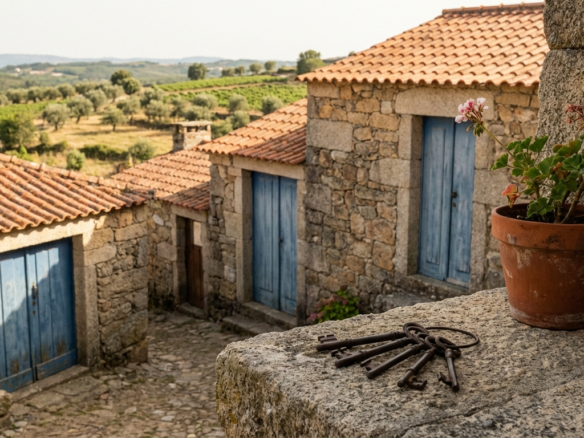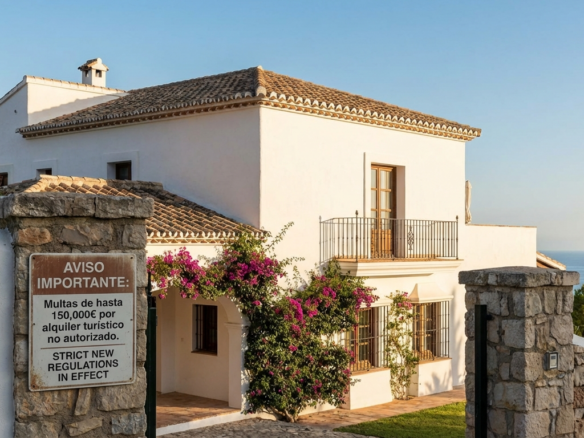The Alpine property market has reached unprecedented heights in 2025, with ski resort real estate experiencing a remarkable 15% surge in prices across the region. This dramatic increase reflects a perfect storm of factors including limited supply, surging international demand, and the continued appeal of mountain lifestyle investments following global shifts in work patterns.
Get 50% OFF!
Subscribe to our newsletter and enjoy a 50% discount on all listing packages, no strings attached!

Recent market analysis reveals that luxury mountain properties are now commanding premium prices that would have seemed impossible just a few years ago. From Chamonix to St. Moritz, buyers are competing fiercely for prime alpine real estate, driving valuations to record levels and reshaping the entire mountain property landscape.
Alpine Property Prices Jump 15% Across Ski Resorts
The 2025 alpine property market has delivered extraordinary returns, with average prices climbing 15% across major ski destinations throughout the Alps. This surge represents one of the most significant year-over-year increases in mountain real estate history, affecting everything from modest ski apartments to sprawling luxury chalets. The price acceleration has been particularly pronounced in established resort towns where developable land remains scarce and demand continues to outstrip available inventory.
Market data indicates that the average price per square meter for alpine properties now ranges from €8,500 in emerging ski areas to over €25,000 in premium destinations like Courchevel and Verbier. This dramatic pricing evolution reflects not just inflation but a fundamental shift in how buyers value mountain properties, with many viewing these assets as essential lifestyle investments rather than occasional vacation homes. The 15% increase has created a new pricing paradigm that industry experts believe will establish the baseline for future alpine property valuations.
French Alps Lead with 18% Price Increase in 2025
French Alpine resorts have emerged as the clear leaders in property price appreciation, posting an impressive 18% increase that outpaces the broader Alpine average. The Haute-Savoie department, home to prestigious resorts like Chamonix, Megève, and Val d’Isère, has seen particularly strong growth with some prime locations experiencing price jumps exceeding 20%. This exceptional performance stems from France’s established reputation for luxury mountain hospitality and its strategic position attracting buyers from across Europe and beyond.
Specific resort data reveals remarkable variations within the French Alps, with Courchevel 1850 leading the charge at a 22% price increase, followed closely by Val d’Isère at 19% and Chamonix at 18%. These premium destinations have benefited from their world-class ski infrastructure, Michelin-starred dining scenes, and proximity to Geneva’s international airport. The French government’s recent infrastructure investments, including improved high-speed rail connections and upgraded resort facilities, have further enhanced these locations’ appeal to international property investors seeking both lifestyle and financial returns.
Luxury Chalets Drive Market Growth in Top Resorts
The luxury chalet segment has become the primary engine driving alpine property price increases, with premium mountain homes commanding unprecedented valuations throughout 2025. Properties featuring more than 200 square meters of living space, private spa facilities, and ski-in/ski-out access have seen price appreciation rates reaching 25% in top-tier destinations. These exclusive properties, often priced between €3 million and €15 million, represent the aspirational peak of alpine real estate and continue attracting ultra-high-net-worth individuals from global financial centers.
Architectural trends in the luxury chalet market emphasize sustainable design elements, smart home technology, and seamless indoor-outdoor living spaces that maximize mountain views. Modern luxury chalets now routinely include features like wine cellars, private fitness centers, heated outdoor pools, and professional-grade kitchens designed for entertaining. The combination of traditional Alpine aesthetics with contemporary luxury amenities has created a new standard for mountain properties, justifying the premium pricing that has driven overall market growth across the region’s most exclusive resort destinations.
Investment Demand Fuels Record High Property Values
International investment demand has reached fever pitch in 2025, with alpine properties increasingly viewed as essential portfolio diversification assets rather than simple vacation homes. Foreign buyers now represent approximately 70% of all high-end alpine property transactions, with particularly strong interest from British, German, and American investors seeking stable European real estate exposure. This investment-driven demand has created intense competition for premium properties, often resulting in bidding wars that push final sale prices 10-15% above initial asking prices.
The rental yield potential of alpine properties has become a significant factor driving investment decisions, with well-positioned ski properties generating annual returns between 4-7% through vacation rental programs. Professional property management companies report occupancy rates exceeding 85% for luxury alpine rentals, with peak season nightly rates reaching €2,000-5,000 for premium chalets. This strong rental performance, combined with capital appreciation potential, has attracted institutional investors and private equity funds to the alpine market, further intensifying competition and driving prices to record levels across all property categories.
Market Outlook: Will Alpine Properties Continue Rising?
Industry analysts predict continued upward pressure on alpine property prices through 2026, though the rate of increase may moderate from 2025’s exceptional 15% surge. Supply constraints remain the fundamental driver of price appreciation, with strict building regulations and environmental protections limiting new development in most established ski resorts. Current inventory levels sit at historic lows, with many prime destinations reporting less than three months of available supply, creating conditions that typically support continued price growth.
However, potential headwinds include rising interest rates, stricter foreign buyer regulations in some Alpine countries, and concerns about climate change impacts on lower-altitude ski resorts. Market experts suggest that properties above 1,500 meters elevation with guaranteed snow conditions will likely maintain the strongest price appreciation, while lower-altitude locations may experience more moderate growth. The consensus forecast indicates price increases of 8-12% for 2026, representing a more sustainable growth trajectory while still delivering substantial returns for property owners in this coveted mountain real estate market.
The alpine property market’s 15% surge in 2025 represents more than just a statistical milestone, it signals a fundamental transformation in how mountain real estate is valued and pursued by global investors. With French Alps leading the charge and luxury chalets setting new standards for premium mountain living, the current market dynamics appear positioned to sustain elevated pricing levels well into the future.
For prospective buyers and current owners alike, understanding these market forces will be crucial for making informed decisions in what has become one of Europe’s most dynamic and competitive real estate sectors. The combination of lifestyle appeal, investment potential, and supply scarcity continues to make alpine properties among the most sought-after real estate assets in the global marketplace.





Join The Discussion